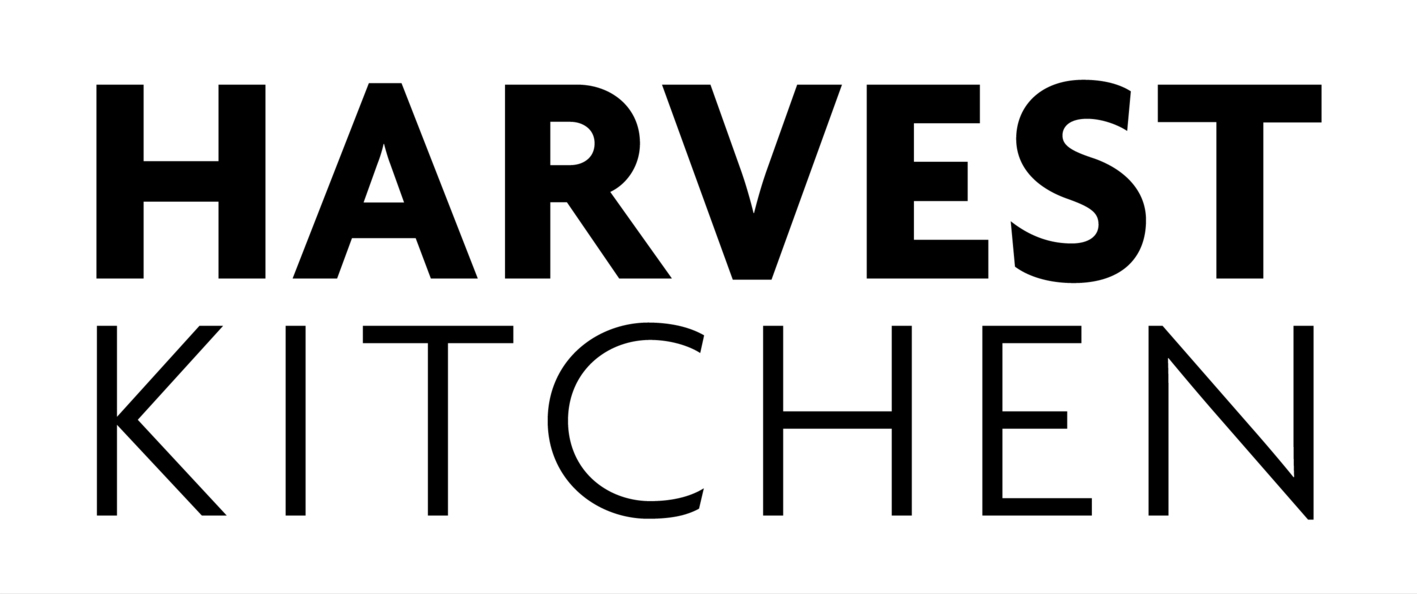Jess’s Fermented Chilli Sauce
Jess’s Fermented Chilli Sauce
Pete was lucky enough to catch up with our good friend Jess from Krondorf Creek Farm recently for a Sunday brunch session of crepes and coffee. The clear instructions for the brunch were bring your own toppings and have a great time.
This is a lovely demonstration of the community here in the region, and with the wonderful array of people that Jess manages to bring around her, the variety of crepe toppings was plentiful and varied. There was however one condiment that Pete came back raving about, Jess’s home fermented chilli sauce, something that was abundant with wonderful chilli flavour and demonstrates a fantastic traditional preserving technique that many home cooks shy away from, but needn’t, as it’s rather simple and the results are fantastic.
Fermentation is one of the earliest forms of food preservation and can be used in a variety of ways with a wide range of ingredients. Although most commonly related to the production of wine in the Barossa, fermentation in its wider scope relates to the action of microorganisms on food and can result in some wonderful flavour developments. Think of yoghurt, cheese, sauerkraut, kimchi, kefir, beer, dill pickles, salami; these are all examples of foods that have been preserved using fermentation. Doody
When fermenting vegetable like chilli, we are using fermentation to preserve the product through acidification. More specifically we are increasing lactic acid produced through fermentation to stabilise the product. A wonderful bonus of this is the zippy flavour the increased acid brings to the final product, and this is exactly what makes this chilli sauce of Jess’s so delightful.
The recipe Jess uses comes from Daphne Lambert and her wonderful book ‘Fermenting – Recipes & Preparations’. Daphne’s recipe is based on using whey left over from making labneh and is a wonderful starter culture for a fermentation such as this. Leftover whey, however, is not a common household item for most people so the recipe we have included is based on a lacto-fermentation using a salt brine. This method uses the salt to kill off bad bacteria and allow the good lactobacillus bacteria to survive and to start fermenting the sugars into lactic acid. If you are keen to try out Daphne’s recipe feel free to let us know next time you are coming into Harvest Kitchen as we always have some whey left over from our labneh production and would be more than happy to pass some on.
1 cup of hot chilles – you can use any variety you like and adjust the type you use to suit your taste
2 garlic cloves
1 cup water
½ tablespoon salt
Roughly chop your chillies and garlic and place into a glass jar, something like a Fowler’s preserving jar or large jam jar is perfect. Dissolve the salt in the water by heating and stirring and then allow the brine solution to cool to room temperature. Once cool, add the brine to the jar containing your chillies and garlic and cover loosely with a muslin cloth or similar. Store in a coolish place for about 3 days and give it a stir about twice a day to prevent mould from forming on the top.
After about 3 days the solution will being to smell more acidic and almost sour and the liquid in the jar will being to become cloudy. At this stage place all the ingredients into a blender and process until smooth and paste like. Transfer this mix into your preferred storage like a glass jar and store in the fridge for up to 3-4 months. The chilli paste will continue to develop flavour in the fridge.
You can make the final product shelf stable by adding additional vinegar and dropping the pH below 4.0 but we recommend getting a little more familiar with fermenting technique before trying this.
Good luck and happy fermenting and make sure you call in and say hello to Jess at Krondorf Creek Farm next time you are in the valley and if you are lucky enough she may even let you try her chilli sauce.

